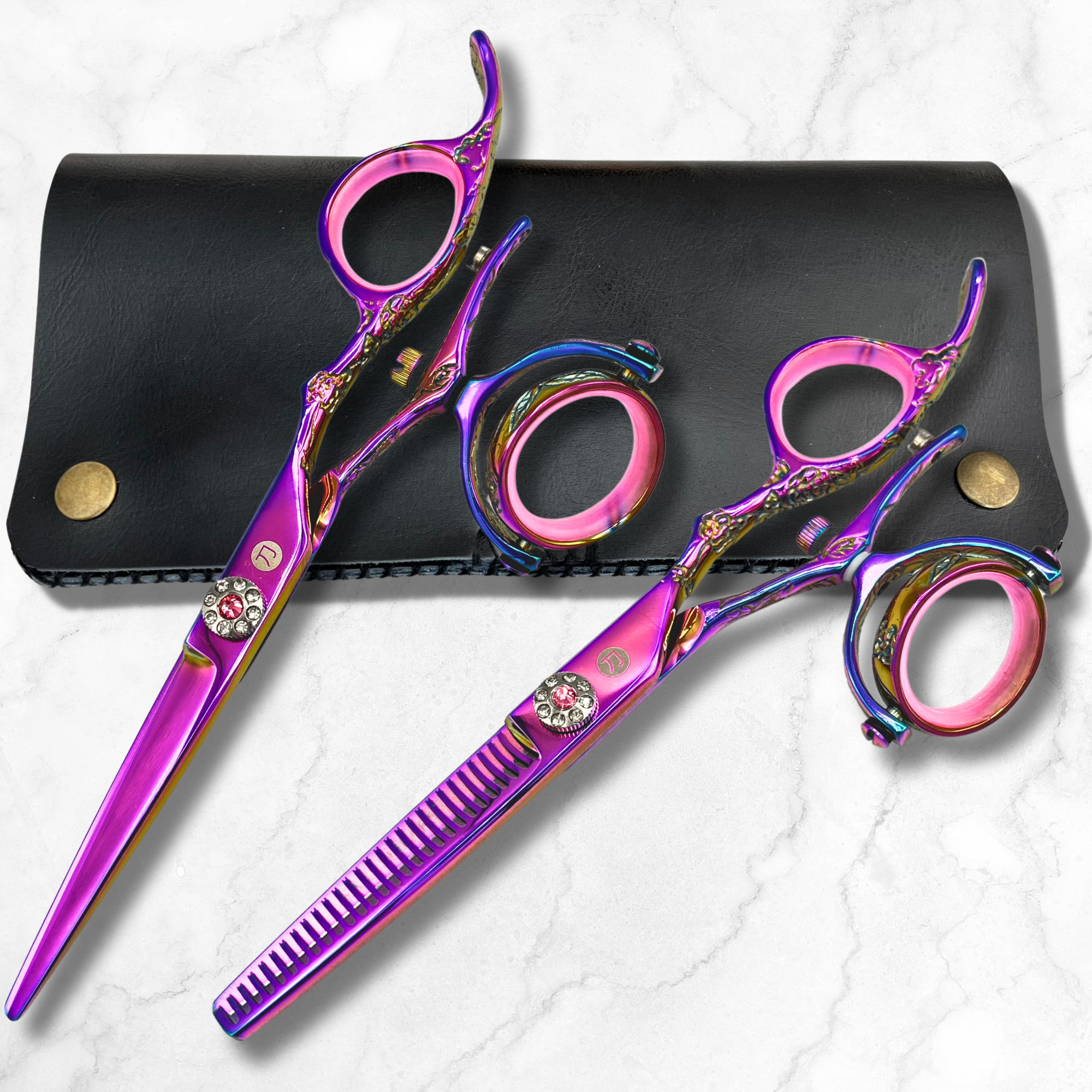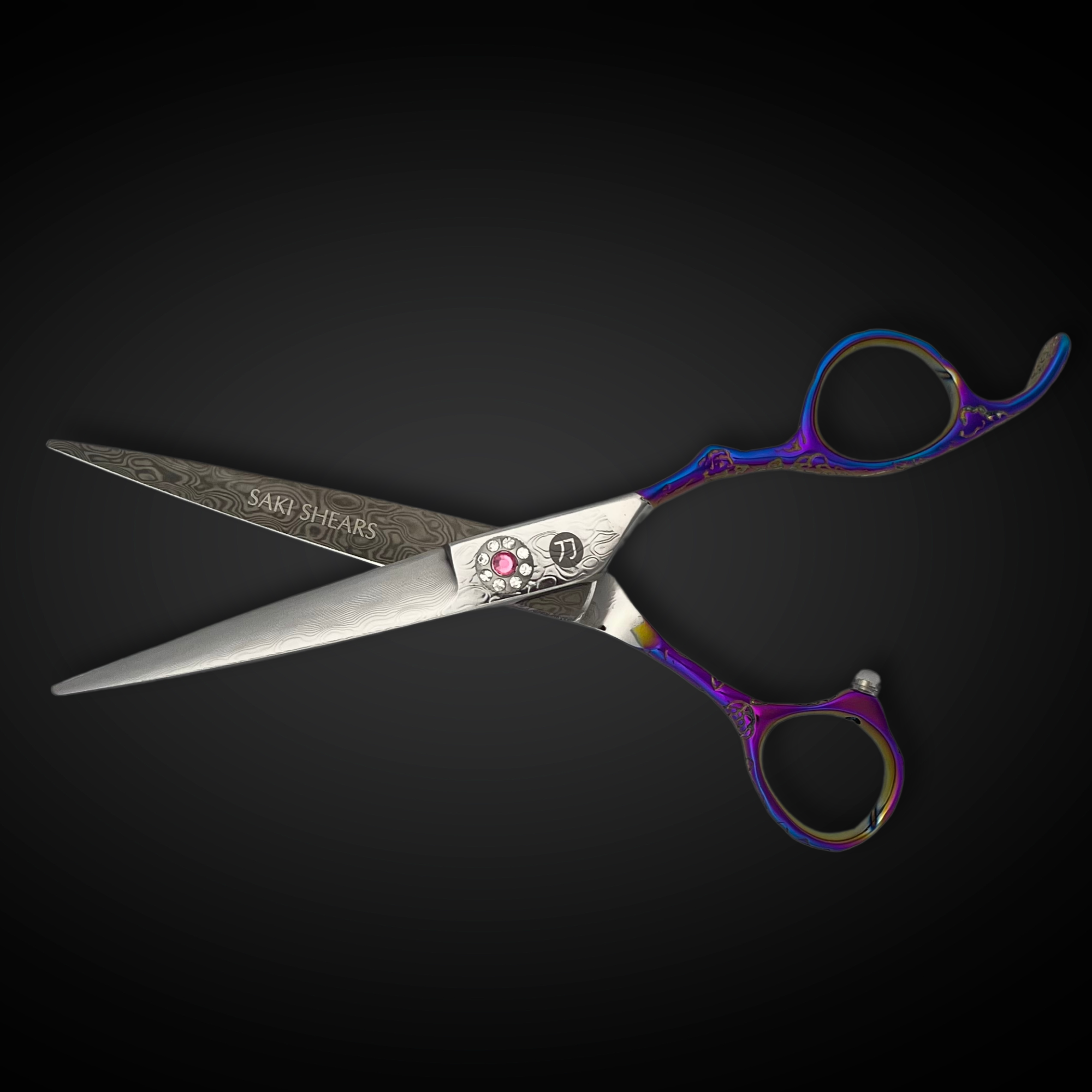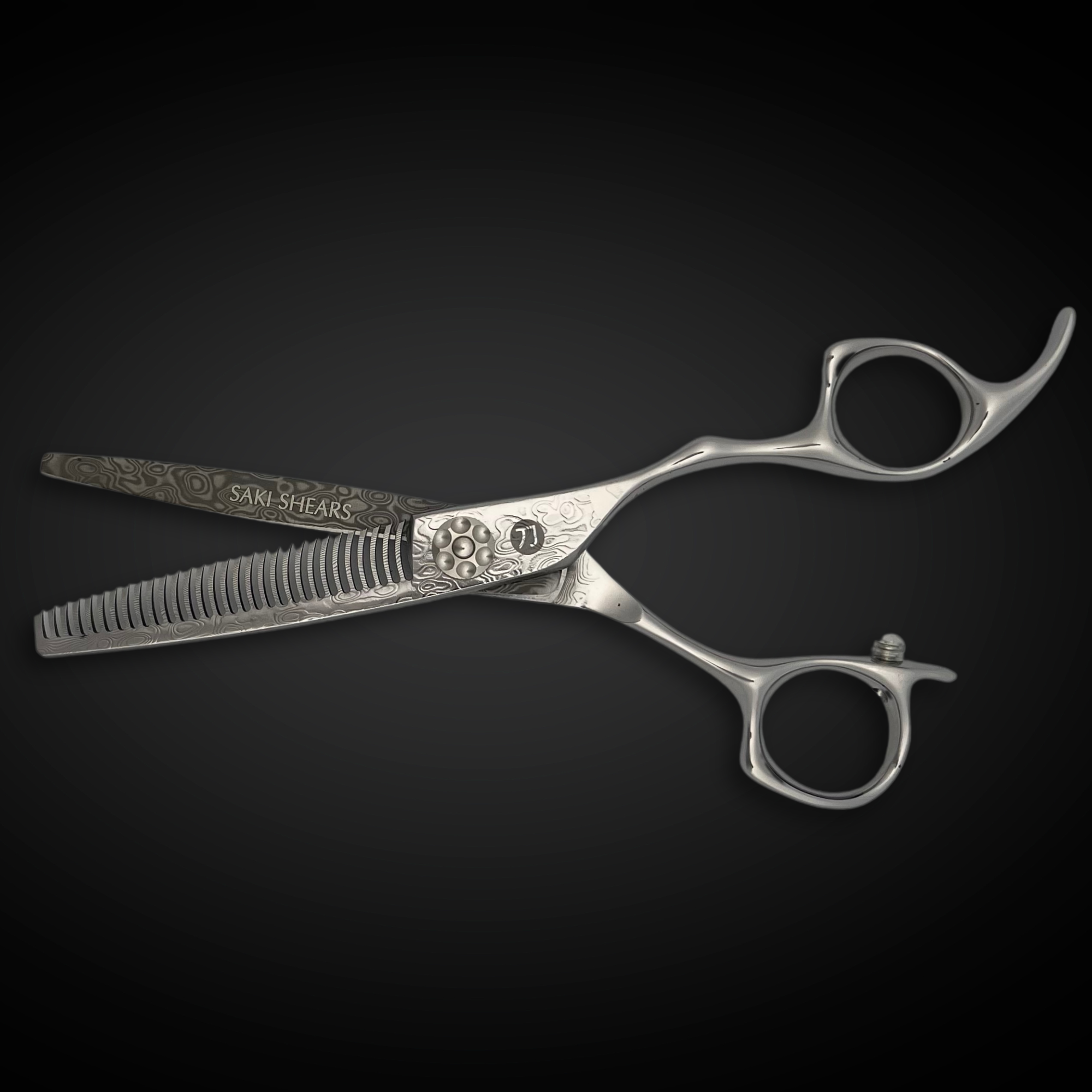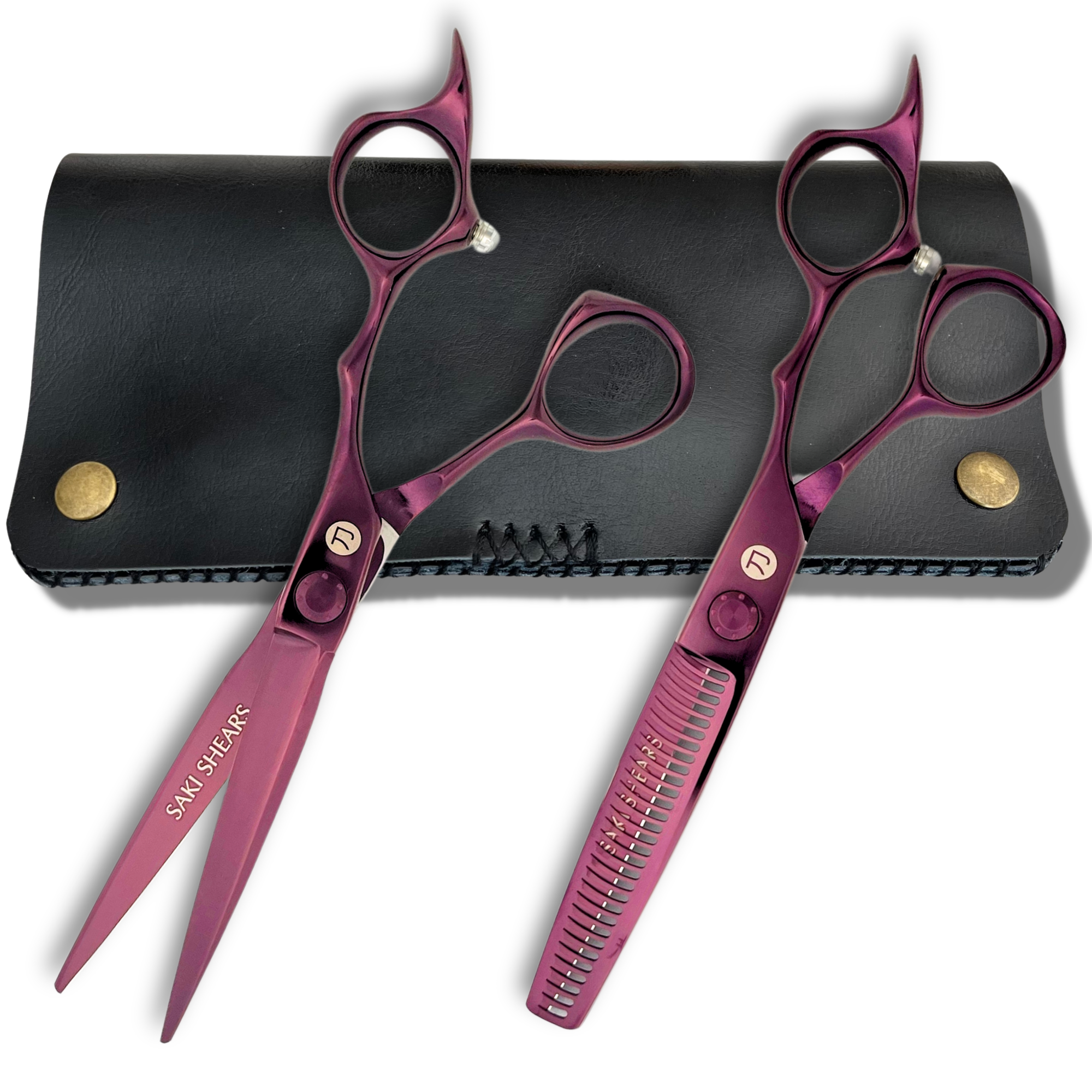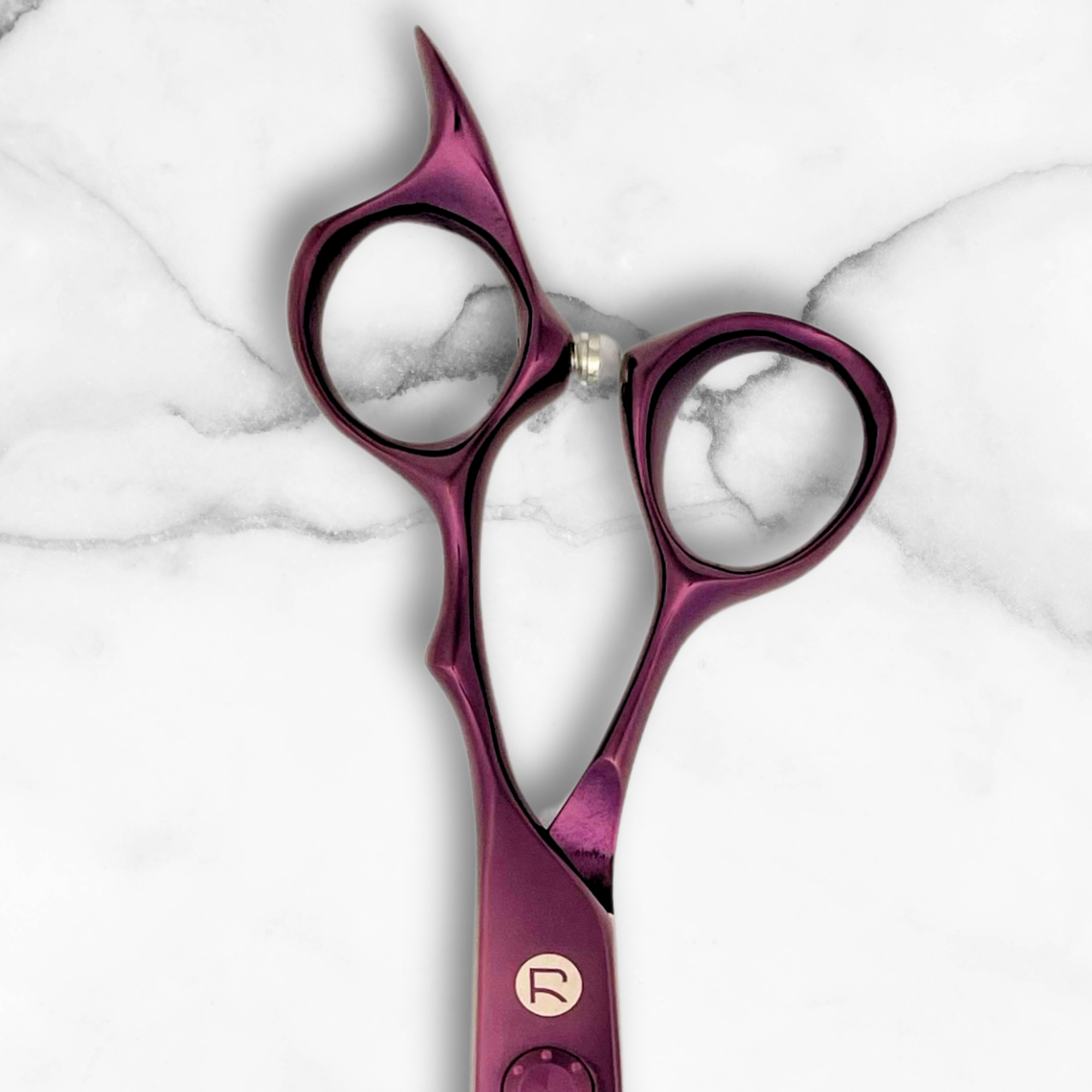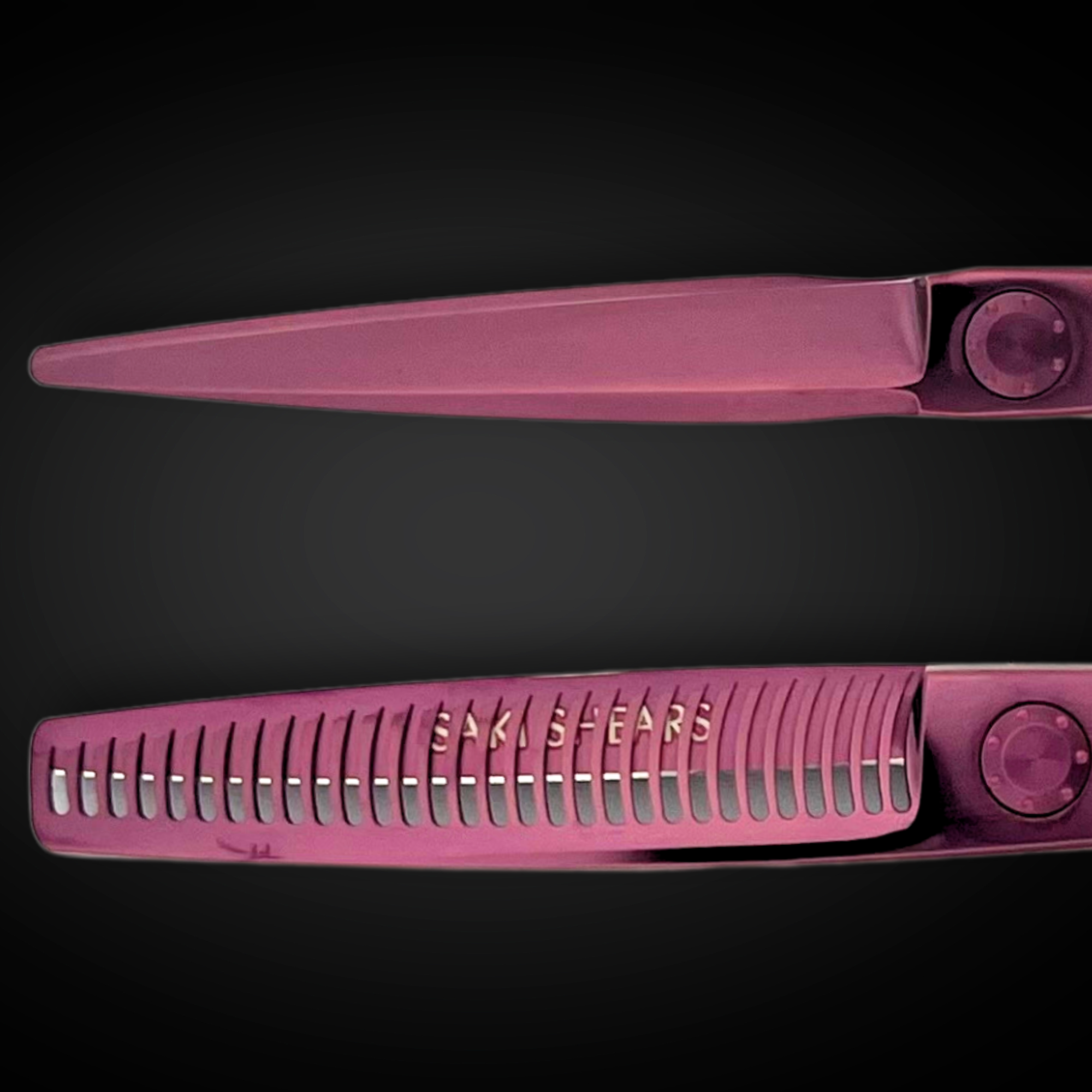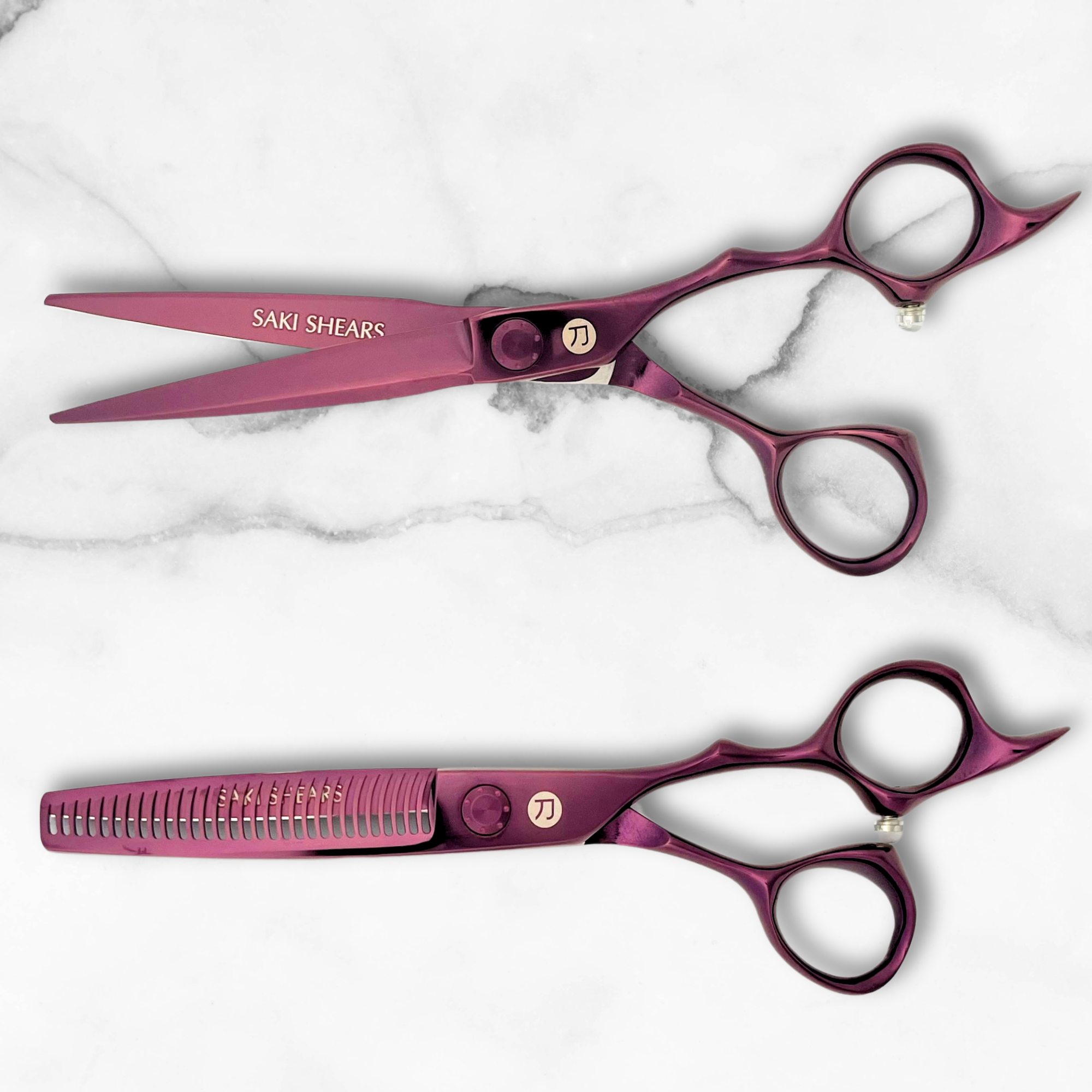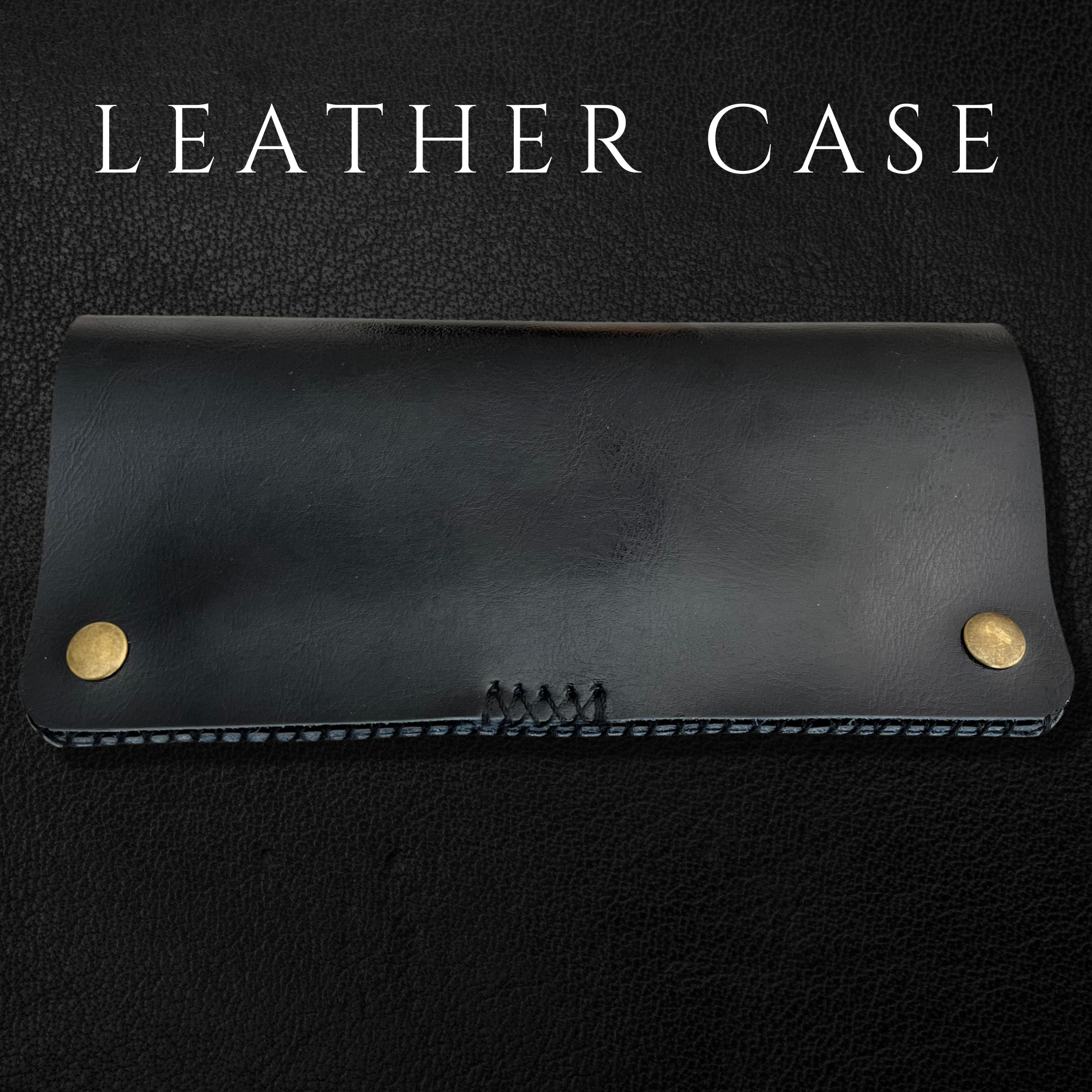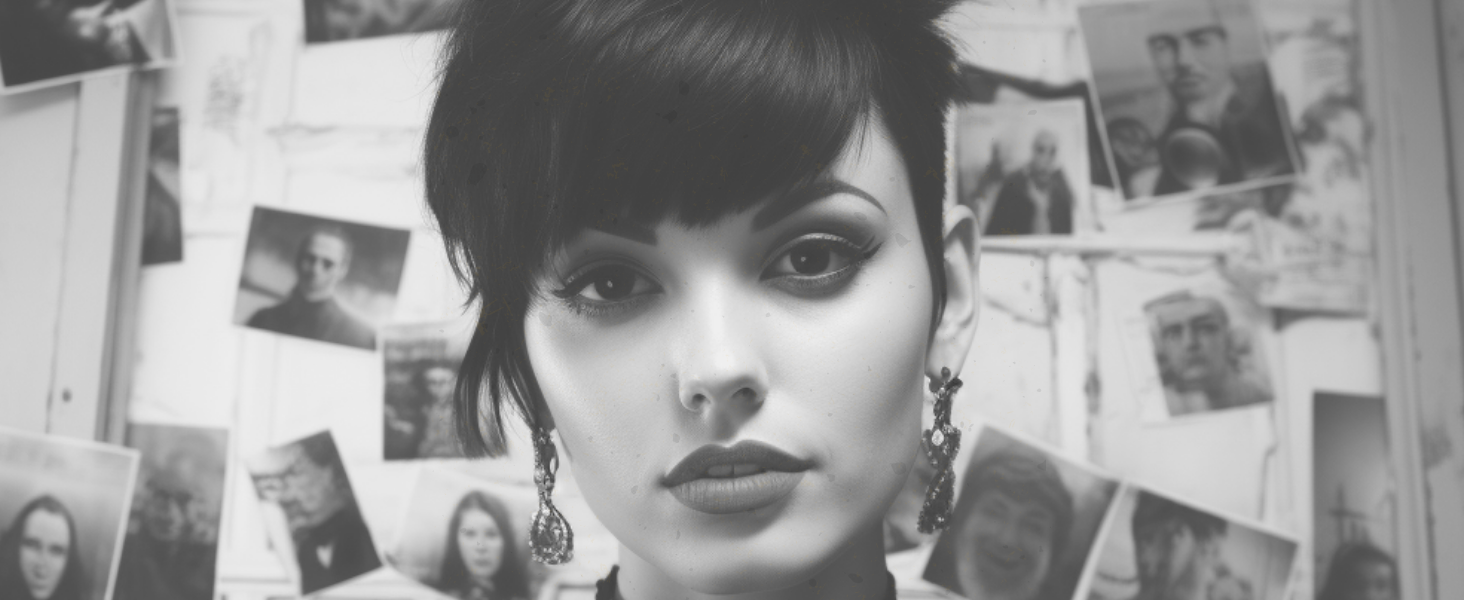The Psychology of the "Break-Up Cut"
Breaking up is hard to do, as the saying goes, and the emotional aftermath can leave individuals grappling with a mix of feelings—sadness, relief, confusion, and even liberation. During such times, many people find themselves standing in front of a mirror, scissors or a barber’s clipper in hand, contemplating a dramatic change to their hair. This phenomenon, colloquially known as the "break-up cut," is more than just an impulsive reaction; it can be a profound psychological process, a physical manifestation of inner change, and a stepping stone towards a new chapter in life.
The idea of drastically changing one’s appearance after a break-up is not new, but what compels people to head straight to the salon after saying goodbye to a significant other? Is it simply a means to reclaim one's individuality, or is there more at play under the surface? In this article, we will delve into the psychology behind the "break-up cut," exploring its various motivations, its therapeutic potential, and its cultural impact.
We'll also look at how the trend has evolved over time, and how it manifests across different genders and age groups. While the "break-up cut" might seem like a modern phenomenon, its roots can be traced back through history, reflecting universal human emotions and the enduring need for self-expression.

This is not just a tale of hair transformations; it's a study of human behavior, the psychology of change, and the intricate ways we cope with the complexities of love and loss.
The Psychology Behind the Snip: Understanding Motivations
When a relationship comes to an end, the emotional toll can be immense. Feelings of loss, confusion, and even betrayal may dominate the emotional landscape. It's a time when people often take stock of their lives, reassessing their goals, priorities, and yes, their physical appearance. For many, changing their hairstyle becomes a tangible way to mark this emotional transition, almost like a rite of passage into a new phase of life.
Psychologists suggest that this urge to change one’s appearance post-breakup can be linked to the concept of 'locus of control.' When we go through a break-up, we might feel like we've lost control over a part of our lives. By changing our appearance, we regain a sense of agency; we make a definitive decision that is wholly ours, independent of anyone else's opinions or desires. It’s a small but impactful way to remind ourselves that we have control over our own bodies and, by extension, our own lives.
Another factor that comes into play is the need for external validation. A new haircut can draw attention and compliments, providing a much-needed boost to one’s self-esteem after the emotional drain of a break-up. While relying solely on external validation is not advisable for long-term emotional well-being, in the short term, it can act as a balm for emotional wounds, offering a sense of affirmation and renewed confidence.
Lastly, there's the element of symbolism. Hair is often deeply tied to our identity and self-expression. Changing it can symbolize shedding an old identity and adopting a new one. It's akin to the act of shedding skin, metaphorically speaking, allowing for new growth and a fresh start. This symbolic act can be particularly empowering, offering a sense of renewal and the promise of new beginnings.
The Therapeutic Cut: Emotional and Mental Benefits
As we navigate the choppy waters of a break-up, the idea of self-care often comes to the forefront. Whether it's indulging in comfort food, engaging in retail therapy, or spending time with loved ones, various activities can serve as coping mechanisms. Among these, changing one's hairstyle emerges as a particularly therapeutic act for many. But why is this seemingly simple act so emotionally impactful?
First, there's the concept of "catharsis," a term originally coined by Aristotle to describe the purging of emotions, particularly pity and fear. In modern psychology, catharsis refers to the process of releasing, and thereby providing relief from, strong or repressed emotions. The act of cutting one's hair can serve as a physical manifestation of this emotional release. As each strand falls to the floor, it's as if a weight is being lifted, allowing for a sense of closure and the space to welcome new experiences.

Additionally, the tactile experience of getting a haircut—the sensation of the scissors snipping away, the touch of the stylist's hands, even the smell of the salon—can engage multiple senses, grounding individuals in the present moment. This aligns well with principles of mindfulness, a mental state achieved by focusing one's awareness on the present moment. For those whose minds are clouded with memories and what-ifs following a break-up, a haircut can serve as a centering experience.
Then there's the "mirror effect." After a significant change in hairstyle, catching a glimpse of oneself in the mirror can be a jarring experience. This sudden shift in self-perception can serve as a psychological reset, breaking habitual thought patterns and potentially leading to a more positive self-view. It’s a way to see oneself through a new lens—quite literally—and can contribute to a shift in mindset.
Lastly, the act of taking care of oneself, epitomized by investing in a new look, can be intrinsically therapeutic. It serves as a reminder that you are worthy of care and attention, especially when you might be feeling emotionally vulnerable. The psychological benefits, therefore, extend beyond the immediate aesthetics of a new haircut; it becomes a form of self-love and reclamation of one's own worth.
A Cut in Pop Culture: Societal Perceptions and Cultural Impact
The concept of the "break-up cut" has not only found resonance in individual experiences but has also been widely represented in popular culture. Movies, TV shows, and songs often depict characters changing their hairstyles after a break-up, further embedding this phenomenon in our collective consciousness. But how does pop culture influence our perceptions of this act, and what does it reveal about society's attitudes towards break-ups and transformations?
Firstly, the media often portrays the "break-up cut" as a transformative, empowering act, usually accompanied by a montage of the character rediscovering themselves. Think of scenes in romantic comedies where, post-breakup, the protagonist emerges from a salon with a bold new look, ready to take on the world. While this may be an over-dramatization, it reflects a societal belief in the power of physical transformation as a pathway to emotional healing.
However, it's worth noting that the portrayal is often gendered. In popular culture, women are more commonly shown indulging in post-break-up makeovers. This can be seen as a reflection of societal pressures on women to maintain their physical appearance as a measure of their worth. Men, on the other hand, are less frequently depicted seeking solace in a salon chair, perhaps indicative of stereotypical notions that discourage men from openly engaging in acts of self-care.
Interestingly, social media has given a new dimension to this phenomenon. Platforms like Instagram have become stages for debuting "break-up cuts," often accompanied by captions that hint at newfound freedom or self-discovery. While this public display can attract support and validation from a wide audience, it also opens up the individual to scrutiny and judgment, adding a complex layer to the emotional experience.
Lastly, the cultural impact of the "break-up cut" extends beyond the Western world. Different cultures have their own rituals and traditions related to hair and personal transformations following significant life events, including break-ups. In some cultures, cutting one's hair is associated with periods of mourning or transition, adding a universal, cross-cultural element to this practice.
The Emotional Layers of the "Break-Up Cut"
The act of cutting one's hair after a break-up is a multifaceted phenomenon, deeply rooted in psychology, offering therapeutic benefits, and influenced by cultural narratives. As we've explored, it's not merely a superficial change but a complex emotional process that can help individuals navigate the challenging terrain of heartbreak and loss.
From the psychological standpoint, the "break-up cut" serves as a form of reclaiming control and boosting self-esteem. It's a symbolic act that can help individuals shed their past and embrace a new identity, offering a sense of closure and the promise of new beginnings. Therapeutically, the physical act of changing one's hairstyle can serve as both a form of catharsis and a grounding experience, helping individuals to be present and engaged in their journey of emotional healing.
Culturally, the "break-up cut" is both a product and a propagator of societal beliefs and norms. While popular media often portrays it as an empowering act, especially for women, it's crucial to examine the gendered narratives and societal pressures that come into play. Moreover, the phenomenon transcends cultural boundaries, reflecting universal human emotions and the collective human experience.
So the next time you find yourself contemplating a drastic change in hairstyle after a break-up, know that you're participating in a ritual that is as old as human emotion itself. Whether it's a simple trim or a bold new look, each snip carries with it the weight of psychological transformation and the potential for emotional healing. And remember, while hair will grow back, the insights and growth gained from the experience are yours to keep.

